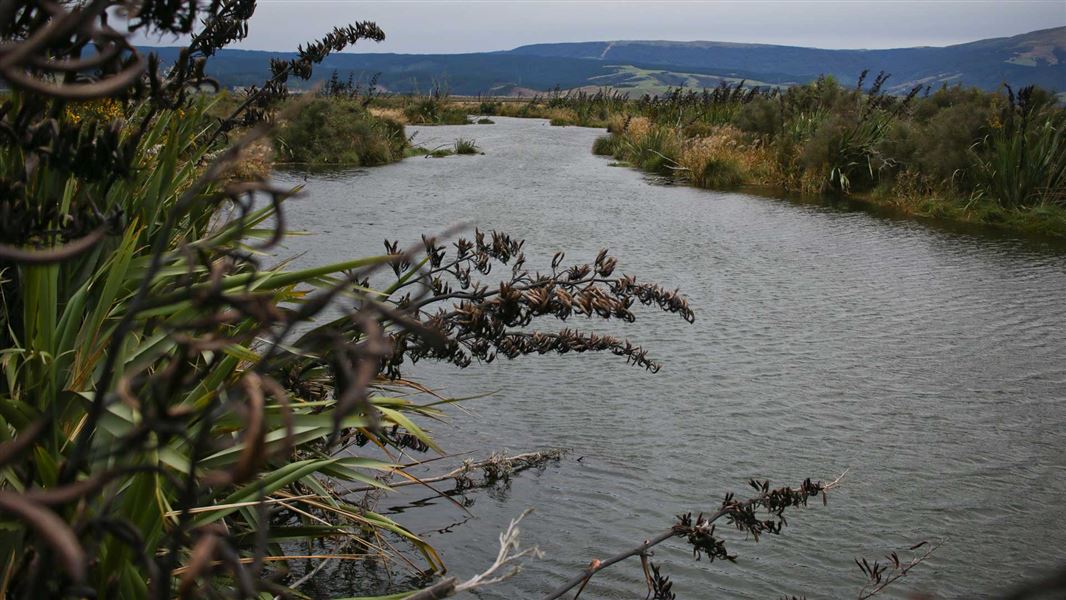Lake Waihola, Lake Waipori and their associated wetlands are the most significant waterfowl habitat in Otago. The lakes are shallow and drain through an extensive swamp into the Waipori River then the Taieri River. The swampland includes vegetated islands, lagoons, shallow pools, meandering channels and backswamps.
The area is nationally and internationally recognised as a precious refuge for many threatened and endangered species of plant, fish and bird.
Despite the ability of the lakes to support large numbers of birds, the lake waters are of low quality, particularly because of sewage, stormwater, dairy shed and farmland discharges. Drainage schemes have drained the wetlands although the Sinclair Wetlands between the two lakes has survived and is protected under a QE II covenant.
Thanks to significant community effort, this 2000 ha wetland complex has become an important wildlife haven with 80 species recorded - 21 of these dependent on the habitat for their survival.
The area regularly hosts more than 10,000 waterfowl and supports regionally significant whitebait and commercial eel fisheries as well as recreational fishing for introduced brown trout and perch.
In addition to Lakes Waihola and Waipori, there are vegetated islands, lagoons, shallow pools, meandering channels and backswamps.
The Sinclair wetlands between the two lakes is used for educational study with a visitor centre, displays and resources available to schools and visitors.
Although water quality has been compromised by drainage and flood control from the lower Taieri Plain, a major willow control programme led by the Lake Waihola Waipori Wetlands Society is helping to restore habitat values.
Walking around the wetlands
There is a 30 min loop walk from the Education Centre or a 2 hr walk to Lonely and Ram Islands.
Alternatively, take the 10 min Titri Creek Walk into the Titri wetlands to see hundreds of wading birds including marsh crakes/koitareke, fernbirds/mātā, scaups/pāpango,and grey teals/tētē.
